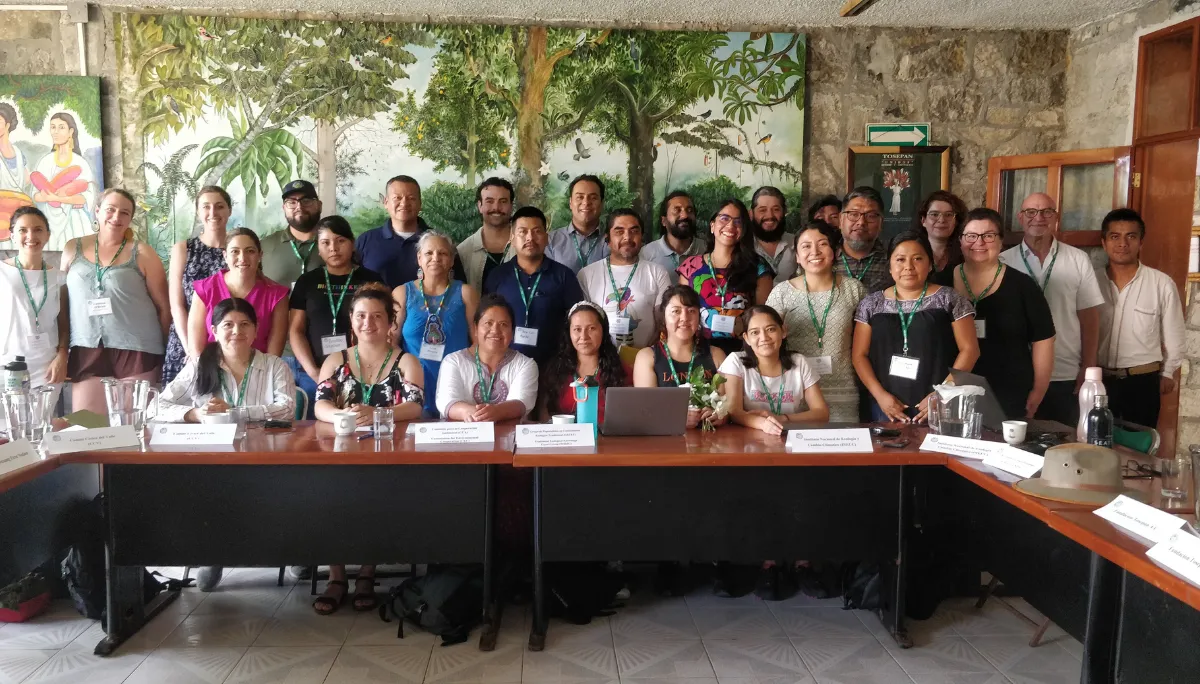CEC Joins Efforts to Address Air Quality and Environmental Justice: Clean Air Day 2024
Did you know that UN data show that 99% of people breathe polluted air every single day? The UN calls this ‘hidden emergency’ the “biggest environmental health risk of our time” because of the acute health and climate impacts associated with air pollution. Supporting communities by addressing air quality is an urgent issue that can help millions of people and improve their overall wellbeing.
This year’s Clean Air Day theme highlights the importance of investing in communities and emphasizes the urgent need for stronger partnerships, increased investment and shared responsibility to combat air pollution. Today we join our partner, UNEP North America, and many other organizations, in increasing awareness on air quality and on the value of working with and partnering with communities to help monitor and improve air quality.
Air Quality for Environmental Justice
Since 2022, our Air Quality Improvement for Environmental Justice (AQ for EJ) initiative has been working to create collaborative partnerships with communities in Mexico, Canada and the United States. These communities are directly affected by air pollution and have a need for enhanced air quality monitoring and the interest in taking action to improve their community’s air quality. These efforts have had a specific focus on black carbon (or “soot”), a component of particulate matter (PM2.5) that results from combustion of biomass and fossil fuels, which has numerous harmful impacts on human health and the environment but is rarely targeted by most monitoring efforts.
Our trinational AQ for EJ work has helped identify, facilitate and formalize collaboration agreements with communities and organizations interested in measuring and managing their own community air quality networks; with the Aamjiwnaang First Nation (Canada), Fundación Tosepan (Mexico) and Comite Civico del Valle (US). We are honored to be able to collaborate with these communities and work together to improve air quality.
In each community, the sources and priorities in terms of air quality issues are different. In Canada and the United States, industrial and transportation sources are a priority since these communities live in cities located on the borders of the three countries, with large scale presence of petrochemical (Sarnia, Ontario) and agricultural industry (Imperial Valley, California). In Mexico, the burning of firewood for cooking is one of the main sources in the Sierra Norte de Puebla territory and this source has historically been rarely evaluated in terms of long-term ambient air monitoring in the country.
Each community-based effort will manage its own monitoring project with its own priorities, objectives and synergies with local air quality initiatives to measure and mitigate emissions of and exposure to PM2.5 and black carbon. The collaboration with the CEC will facilitate technical capacity building to use black carbon monitors and meteorological equipment (in Mexico and the United States).
As we advance in our efforts to work with communities, in the coming days and weeks, each community will be receiving their air quality monitoring devices and training on best practices to begin implementing their community-led air quality monitoring efforts. These collaborative efforts across North America can help inspire other communities to take action, and for organizations to invest in promoting stronger partnerships, increased investment and shared responsibility to combat air pollution.
As we celebrate Clean Air Day, we’re proud to be partnering with communities across North America to help them breathe more easily and address environmental injustice.
If you would like to hear more about CEC initiatives, opportunities and efforts, you can sign up for our newsletter and follow us on social media.

About the CEC
The Commission for Environmental Cooperation (CEC) was established in 1994 by the governments of Canada, Mexico and the United States through the North American Agreement on Environmental Cooperation, a parallel environmental agreement to NAFTA. As of 2020, the CEC is recognized and maintained by the Environmental Cooperation Agreement, in parallel with the new Free Trade Agreement of North America. The CEC brings together a wide range of stakeholders, including the general public, Indigenous people, youth, nongovernmental organizations, academia, and the business sector, to seek solutions to protect North America’s shared environment while supporting sustainable development for the benefit of present and future generations
The CEC is governed and funded equally by the Government of Canada through Environment and Climate Change Canada, the Government of the United States of Mexico through the Secretaría de Medio Ambiente y Recursos Naturales, and the Government of the United States of America through the Environmental Protection Agency.